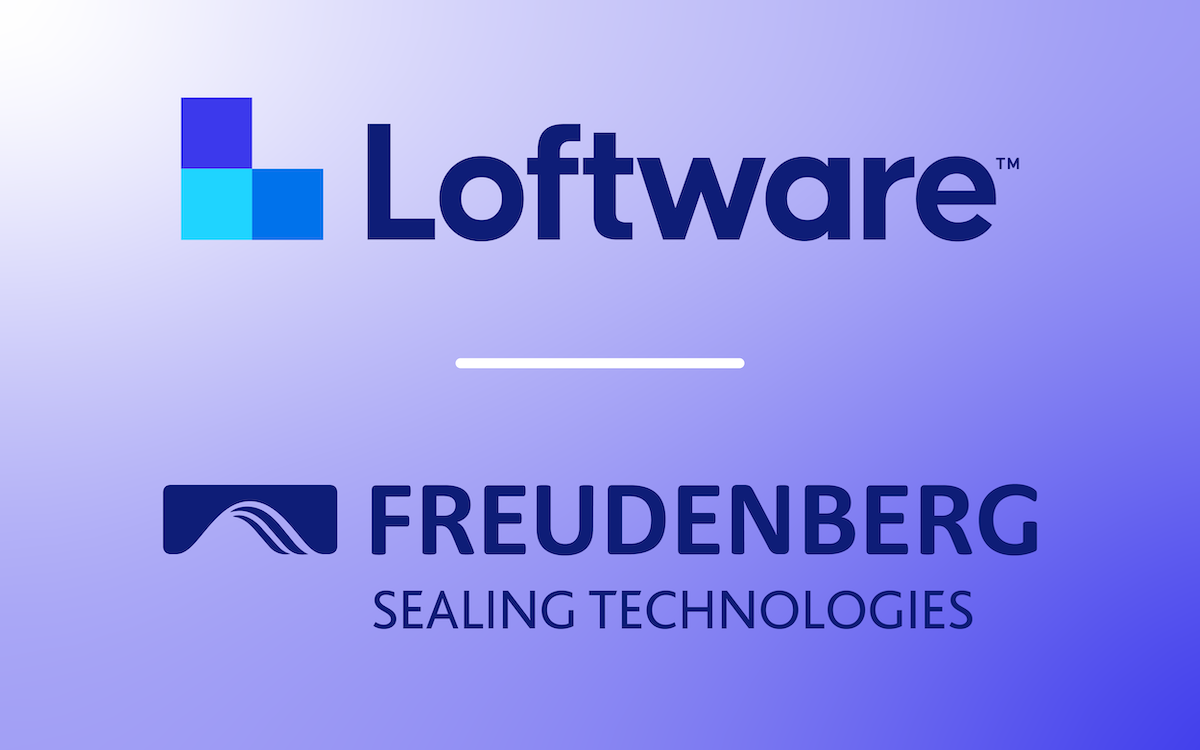July 21, 2020
Blog
Disorganized labeling is a chilling epidemic: The cure is digitization and modernization
Lee Patty
Share
New technology, government regulations and shifting consumer demands for more choice, convenience, healthy ingredients and transparency are making cold chains – and all food supply chains – increasingly complex. This is especially true when it comes to labeling.
Unfortunately, label design and creation are often relegated to a background operation, and many businesses are still using dated and disparate systems. This leads to a plethora of problems, many of which can be disastrous to a brand, and worse, life threatening to consumers.
For example, a recent study found that common fish was mislabeled as often as 87% of the time. While some mislabeling can be chalked up as fraud, unintentional mislabeling is a serious problem which often boils down to the inability to trace and quickly standardize information every step of the way, from the source to the refrigerated aisle at a retail location, or even directly delivered to your door.
To adequately track goods, food manufacturers and distributors need complete transparency – and a modern, centralized label management system is the key to streamlining supply chains and preventing fraud and mistakes at the same time while increasing ROI. Before such a system can be implemented to improve the cold chain, there are a few roadblocks to overcome.
Challenges to implementing a modern label management system
Whether it’s a result of acquiring a new company or just an accumulation of siloed business operations spread across an organizational ecosystem, one of the major issues with modern labeling is a disconnected approach. For instance, a company may be expanding through acquisitions, and as a result of a merger, different facilities owned by one organization may be using a wide variety of direct marking and label printers from different manufacturers. This can be problematic because the company will have to maintain many labeling and direct marking systems to support its printers from various manufacturers.
As one could imagine, replacing a multitude of different hardware components to standardize can be costly. However, maintaining many labeling and direct marking systems leads to inconsistencies and slows down workflows. For instance, an organizational network may use varying integration methods to connect label and direct marking printing with larger business operations software, such as a business’ manufacturing execution system (MES) or enterprise resource planning (ERP) solution. This can lead to varying workflows for production, degraded labeling accuracy, and even costly workarounds like manual data entry, which can increase chances of printing errors like the wrong best before date or ingredients.
Maintaining a legacy sprawl of different systems and processes can also force individual locations within an organization to rely on localized, third-party IT support or an overtaxed IT team forced to learn a variety of different technologies and engage in tasks that can be made more user friendly, like label changes. This can be a support nightmare resulting in unplanned downtime and lost sales or spoiled goods.
Labeling is often treated as a background process, and organizations often don’t consider the sizeable costs associated with a disorganized operational and infrastructural network for labeling. Fortunately, this sprawl can be mitigated drastically with a modernized label management system that can not only unify an organization’s internal processes without large hardware investments but enable it to effortlessly scale operations and partner with other members in an extended supply chain.
Modern label management for future success
A modernized label management system can provide incredibly useful tools like a central, web-based document management and a reliable storage space for label history and label templates. Such capabilities enable a “single-source-of-truth,” so updates and changes can be tracked and made in one place. Additionally, this enables specific user roles enforceable with logins for each user and can provide a trustworthy production log outlining label changes and versions, so an organization can target the causes and locations of labeling errors and instantly fix them.
Certain label management systems can also interface with a variety of label and direct marking printers from different manufacturers and standardize integration with business systems, like MES, to automate printing and ensure master data feeds directly from business systems to printers. This reduces manual data entry errors and the associated costs of mislabeling.
Overcoming Barriers: Centralized Labeling Made Feasible with Cloud Technology
Centralized control of labeling can streamline an entire organizational ecosystem and enable a company to easily cooperate with other members in extended supply chains. Fortunately, due to the rise of cloud technologies and SaaS-based business models, there is no longer a need to invest in and maintain expensive IT infrastructure. This means business of all sizes can afford label management systems that can be scaled rapidly depending on business needs.
Cloud is forever changing labeling, which is in the process of being modernized and digitally transformed. And in the coming years, levels of cloud-to-cloud integration both of business systems generally and also of label management systems will increase, putting a burden on companies to proactively update their systems to remain competitive. This will enable organizations and their channel partners to standardize and track labels, which will ultimately prevent fiascos like unintentionally mislabeling seafood or printing the wrong best before dates on items in the cold chain.
Find out how your business can benefit from cloud-based label management system – visit the Label Cloud page.


